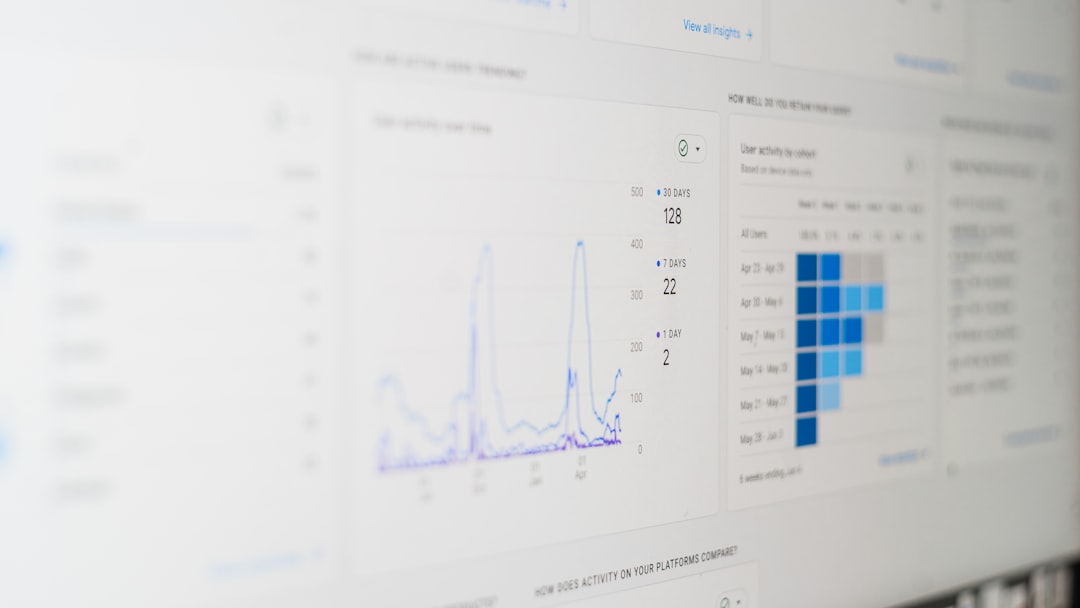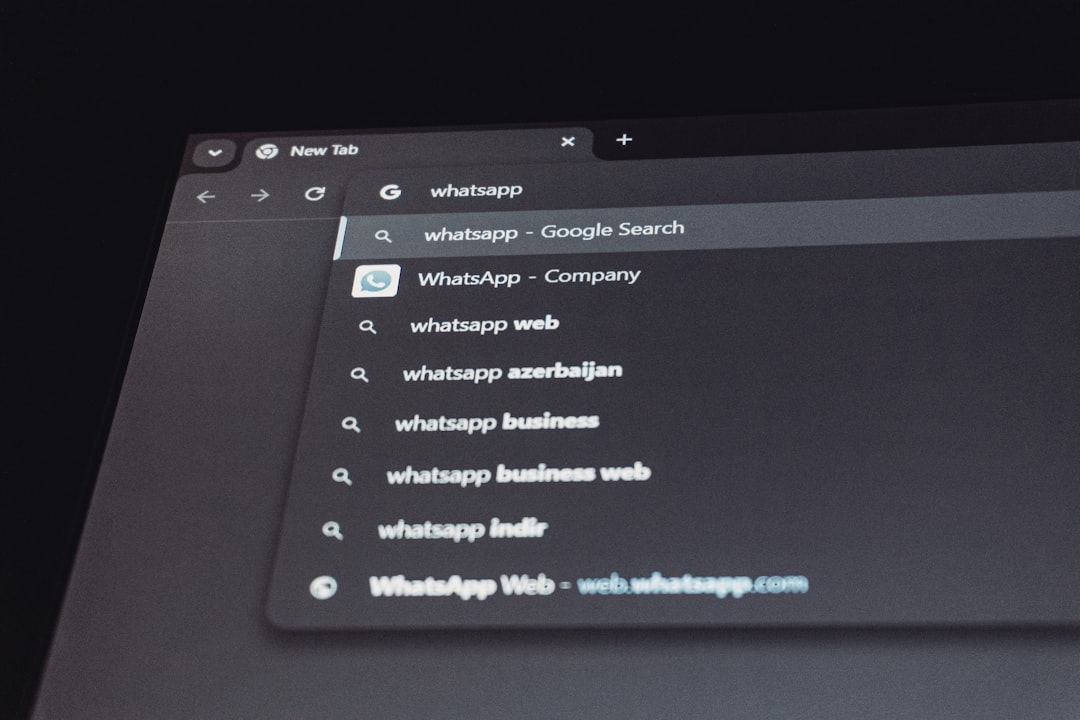For digital product owners, staying ahead of Google’s evolving performance metrics is vital. With the introduction and increasing emphasis on interaction latency metrics like Interaction to Next Paint (INP) and the long-standing Total Blocking Time (TBT), it’s more crucial than ever to deeply understand website responsiveness. These metrics serve as essential lenses through which user experience quality is gauged. As Google prepares to replace First Input Delay (FID) with INP as a Core Web Vital metric in March 2024, product owners must be ready.
Web performance isn’t just a concern for developers and SEOs—it directly impacts conversion rates, user satisfaction, and ultimately, business success. This article explores what product owners should track right now regarding INP and TBT, offering clarity, context, and actionable insights.
Understanding INP: What It Means
Interaction to Next Paint (INP) is a metric that assesses a website’s responsiveness by measuring the time from user interaction (such as clicking, tapping, or typing) to the next paint on the screen. Essentially, it reflects how quickly the page visually responds to an input during a user’s visit. A low INP means a snappy, responsive user experience, while a high one indicates frustrating delays in feedback after user actions.
Google defines target INP thresholds as:
- Good: Less than 200ms
- Needs Improvement: Between 200ms and 500ms
- Poor: Greater than 500ms
INP considers all interactions during a user’s session and reports the interaction that was the slowest (excluding outliers). This comprehensive perspective ensures the metric reflects overall responsiveness, not just an isolated case.

TBT: A Developer’s Metric That Product Owners Should Watch
Total Blocking Time (TBT) complements INP by highlighting periods when the main thread is blocked and unable to respond to input. It measures the total time between First Contentful Paint and Time to Interactive during which the main thread was busy for long periods (typically tasks longer than 50ms).
While TBT is not part of Core Web Vitals, it is a useful lab metric found in tools like Lighthouse and WebPageTest. TBT performs strongly as a proxy for INP in development environments and helps identify responsiveness bottlenecks before deployment.
Every long JavaScript task that monopolizes the main thread contributes to TBT, and indirectly, to poor INP scores. For product owners, understanding how scripts and third-party codes affect TBT can lead to better technical decisions upstream in the design and dev workflows.
Why These Metrics Matter to Product Owners
High INP and TBT scores point to a laggy, unresponsive user interface. In today’s digital-first landscape, performance is more than a backend concern—it’s part of the product value proposition. Product owners must factor responsiveness into backlog prioritization, sprint objectives, and release criteria.
Key business reasons to track INP and TBT include:
- Improved user satisfaction and interaction rates
- Increased conversion rates by reducing friction during key actions (like add-to-cart, form input)
- Better search visibility as faster websites align with Google’s Core Web Vitals
- Reduced bounce rates through smoother, reliable user flows
What Product Owners Should Start Tracking Now
Proactive monitoring and planning are the keys to staying ahead of the shift to INP. Here’s what digital product owners can begin doing right away:
1. Audit and Monitor INP and TBT with the Right Tools
Use tools such as Chrome User Experience Report (CrUX), PageSpeed Insights, and Lighthouse. These tools can reveal both real-user field data and lab data, allowing product teams to see how their app performs in controlled and real-world settings.
In particular, set thresholds or alerts when:
- INP exceeds 200ms on key user flows
- TBT exceeds 300ms in performance reports
- Long tasks block the main thread for extended periods

2. Prioritize Responsiveness in Key Journeys
Start mapping key user journeys and overlay INP metrics to uncover responsiveness patterns. For instance, review interactions during:
- Checkout and payment flows
- Login and registration processes
- Search and search result navigation
- Interactive dashboards or product configurators
These touchpoints often contribute the highest interaction latency and represent critical conversion areas.
3. Collaborate Cross-functionally with Developers and Designers
Discuss INP and TBT during sprint planning and retrospectives. Advocate for performance budgets and sprint KPIs that support responsiveness. Encourage making performance an early-stage design consideration, not a post-release patch.
Some practices to support this collaboration:
- Set shared performance KPIs aligned with business OKRs
- Include performance debugging in QA sprints before launch
- Request reports on “interaction costs” of new features
4. Watch for Common Responsiveness Bottlenecks
Product owners don’t need to be performance engineers, but recognizing common pitfalls can inform better product decisions. Typical culprits of TBT and INP degradation include:
- Unoptimized third-party scripts (e.g., ads, analytics)
- Excessive DOM updates during interactions
- Large JavaScript payloads blocking the main thread
- Animations or transitions without hardware acceleration
Encourage your dev team to use code splitting, lazy loading, and task yielding techniques to minimize main-thread congestion.
Preparing for the INP Core Web Vitals Change in 2024
With INP replacing FID as a Core Web Vital in March 2024, expect Google to factor this into its ranking algorithm more heavily. Product stakeholders should treat this as a product quality metric, akin to uptime or usability. The transition makes it clear: responsiveness is crucial to modern user experience.
To prepare:
- Compare existing FID data with current INP trends to identify any issues
- Budget for performance optimization initiatives in your roadmap
- Invest in training or consulting if internal expertise is lacking

Conclusion
INP and TBT are no longer concerns isolated to engineering teams. They’re indicators of product maturity and directly affect how users interact with a website or application. Product owners who prioritize performance and proactively address high-latency issues will deliver superior digital experiences while future-proofing their products against SEO algorithm changes and user abandonment.
To win in an experience-first economy, responsiveness can no longer be a second-tier priority. It must be at the forefront of product development strategy, sprint planning, and success metrics.
FAQ: INP and TBT for Product Owners
- What is the difference between INP and TBT?
INP measures the delay in visual feedback after user interaction, while TBT measures how long the main thread is blocked from handling input events. TBT is a lab metric, and INP is a Core Web Vital in 2024. - How can product owners track INP?
Use tools like PageSpeed Insights and Chrome User Experience Report (CrUX) to gather field data. Track INP across user journeys and in different network/device conditions. - Is TBT still relevant after INP becomes a Core Web Vital?
Yes. TBT remains valuable during development and testing phases to identify and fix long tasks that can impact INP. - What causes high INP scores?
Common causes include inefficient JavaScript, heavy DOM manipulation, unoptimized event listeners, and main-thread blocking animations or transitions. - Should product owners be involved in performance optimization?<


